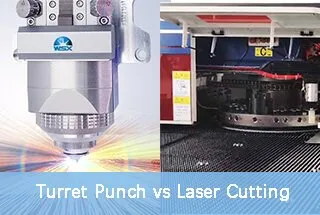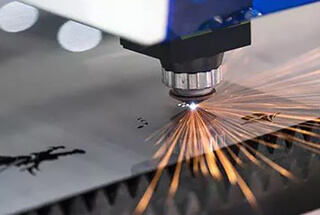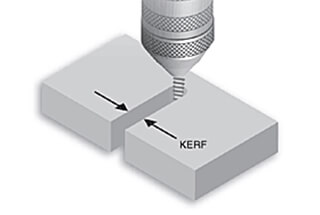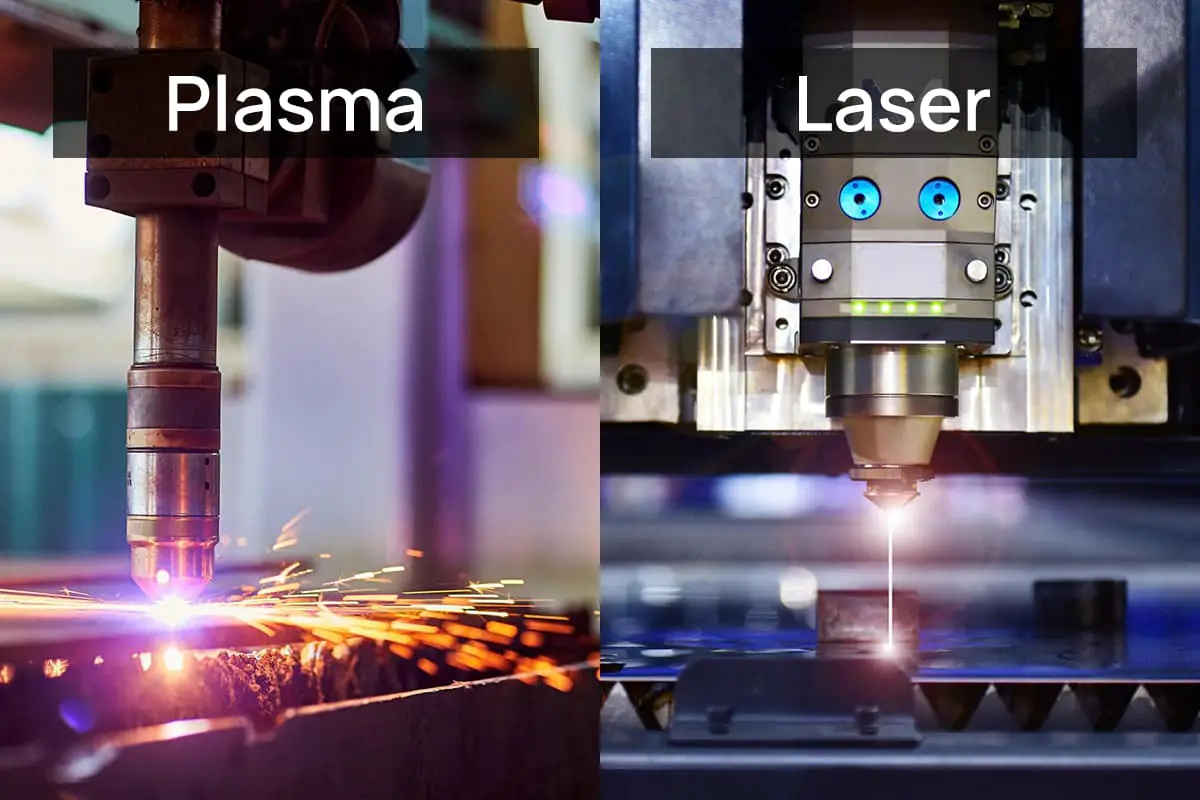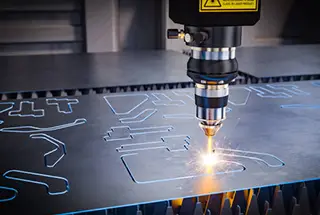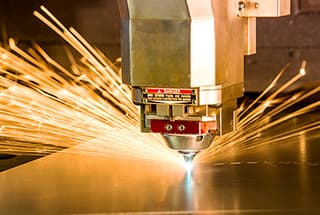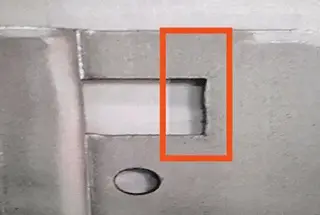
Imagine cutting through metals and materials with a beam of light. Laser cutting technology makes this a reality, handling a wide range of substances from sturdy stainless steel to delicate fabrics. This article explores the types of materials that laser machines can precisely cut, including metals like carbon steel and aluminum, as well as non-metals such as rubber and wood. Discover how this technology enhances manufacturing processes, ensuring efficiency and precision in various industries. Dive into the fascinating capabilities of laser cutting and learn what materials you can work with.
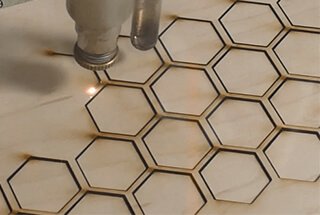
The laser cutting machine facilitates the cutting process of stainless steel sheets. The high-power YAG laser cutting system allows for cutting of stainless steel up to a maximum thickness of 4mm. Additionally, our in-house developed low-power YAG laser cutting system is capable of cutting stainless steel sheets up to 4mm in thickness.
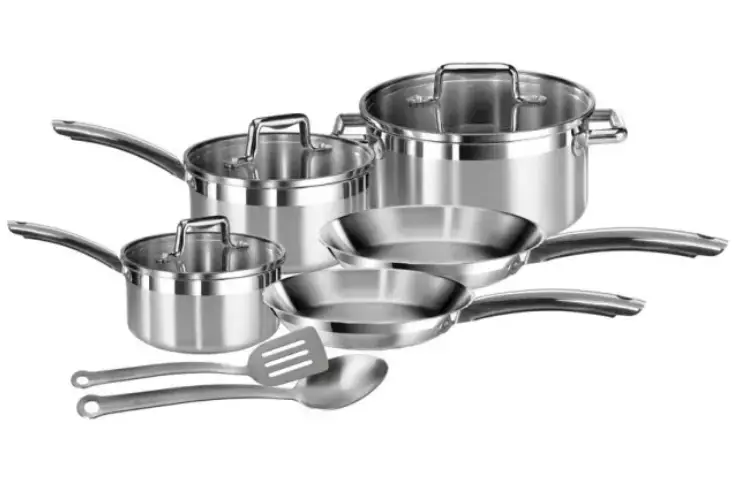
Most alloys steels can be cut using a laser, and the results are of good quality. However, high-tungsten tool steels and hot die steels may experience erosion and produce sticky slag during the laser cutting process.
The modern laser cutting system can cut through a maximum thickness of up to 20mm in carbon steel plates and can produce cuts with a minimum width of approximately 0.1mm.
When cutting low carbon steel using a laser, the heat-affected zone is minimal, resulting in a flat, smooth, and vertically accurate cut.
In comparison, high carbon steel has a better quality edge when cut with a laser, but the heat-affected zone is larger.
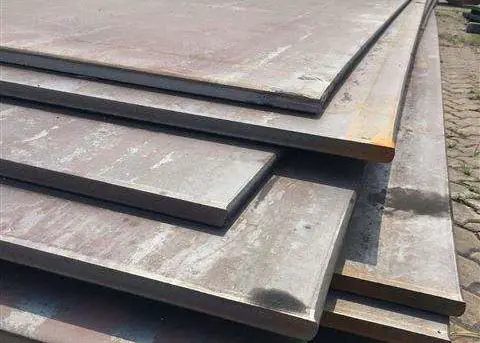
Cutting aluminum is considered a melting cutting process. To achieve a better quality cut, an auxiliary gas is utilized to remove the melted material from the cutting area.
At present, the maximum thickness that can be cut in aluminum plates is 1.5mm.
Rhenium copper is not suitable for laser cutting, it could be cut very thin.
Lasers can cut a variety of organic materials including plastic (polymer), rubber, wood, paper products, leather, and both natural and synthetic fabrics. Additionally, they can also cut inorganic materials such as quartz and ceramics, as well as composite materials such as new lightweight reinforcing fiber polymers.
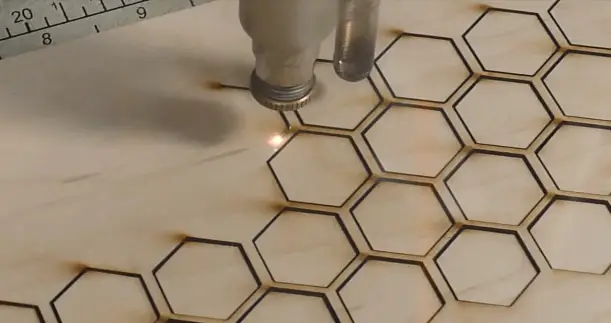
1. Advertising sign production (primarily stainless steel logos and identifiers).
2. Sheet metal fabrication (encompassing all metal materials, primarily involving bending, grinding, and cutting as a key operation).
3. Manufacturing of machine cases and cabinets (typically using carbon steel or stainless steel, mainly involving bending and cutting processes).
4. Manufacture of spring clips (a precision machining process), subway parts, elevator shells, mechanical equipment cases, and kitchen utensils (mostly stainless steel). Our laser cutting machines from Tongfa Laser have also contributed to the production of the Shenzhou-7 and Shenzhou-8 spacecraft, which covers various areas.
6. Folding carbon steel: Modern laser cutting systems can cut carbon steel plates up to 20mm thick. By using an oxidation melting cutting mechanism, the cutting seam for carbon steel can be controlled within a satisfactory range of widths. For thin plates, the cutting seam can be narrowed to about 0.1mm.
7. Folding stainless steel: Laser cutting is an effective tool for industries that use stainless steel sheets as main components. By strictly controlling the heat input measures during the laser cutting process, the heat-affected zone on the cut edge can be kept very small, thereby effectively maintaining the good corrosion resistance of such materials.
For the cutting of structural steel materials, you should pay attention to:
The choice of cutting scheme for a plate depends on its thickness. For structural steel plates of ordinary thickness, using oxygen as the processing gas yields good results. However, there may be slight signs of oxidation at the cutting edge, but this does not impact usability.
For plates thicker than 4mm, experience shows that using nitrogen as the processing gas can improve cutting results. Nitrogen is preferred over oxygen to prevent oxidation at the cutting edge.
Cutting extra-thick steel with a thickness greater than 10mm is more challenging. In this case, using a specialized laser plate and applying oil to the surface of the workpiece during processing can lead to better results.
For cutting of stainless steel materials, you should pay attention to:
The choice of processing gas can be made based on the specific requirements. If oxygen is chosen, it can easily oxidize in high-temperature cutting environments and result in a slightly dull cutting edge. On the other hand, nitrogen, which is not easily oxidized at high temperatures, can produce a smooth cutting edge when used as the processing gas.
For cutting thicker plates, applying an oil film to the surface of the plate can improve the cutting results without affecting the quality of the process.
For junior cutting engineers, extra caution should be taken when cutting stainless steel as its strong reflection heat can damage optical devices due to high-temperature heating.
For the cutting of aluminum materials, please note:
Cutting aluminum materials is a common task in daily cutting operations. With a good laser cutting machine, cutting aluminum with a thickness less than 6mm is relatively easy. The choice of processing gas (oxygen or nitrogen) depends on the desired surface quality of the cutting edge.
However, aluminum is highly reflective, and special measures should be taken to absorb its heat reflection during cutting to prevent damage to optical components. This is especially important for precision optical lenses, as the heat reflection damage from aluminum can be significant.
For cutting of copper and brass materials, note the following:
Cutting copper and brass plates requires special consideration due to their high reflectivity and thermal conductivity. When cutting brass plates with a thickness less than 1mm, nitrogen is the preferred cutting auxiliary gas. However, if the thickness exceeds 2mm, oxygen must be used as the cutting gas, as nitrogen is no longer suitable.
It is important to note that these materials have strong emissivity, so special radiation absorption devices must be installed to protect the lens from the harmful effects of high thermal reflection.

